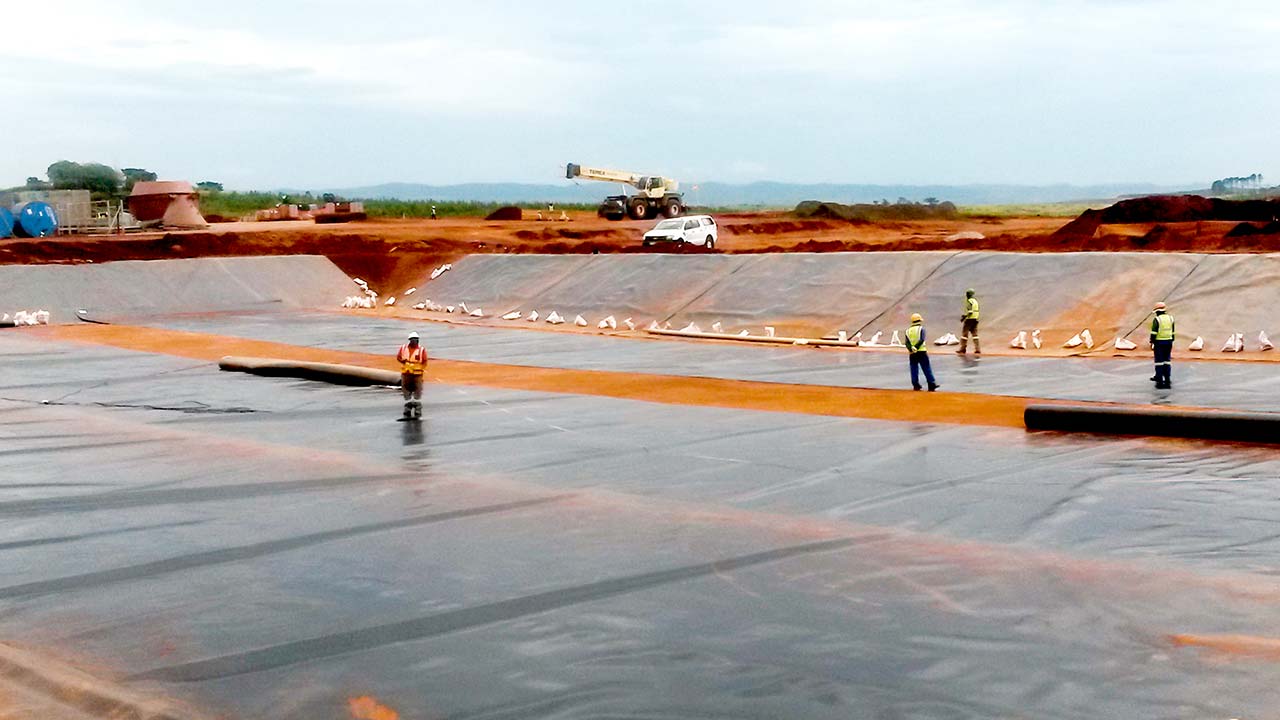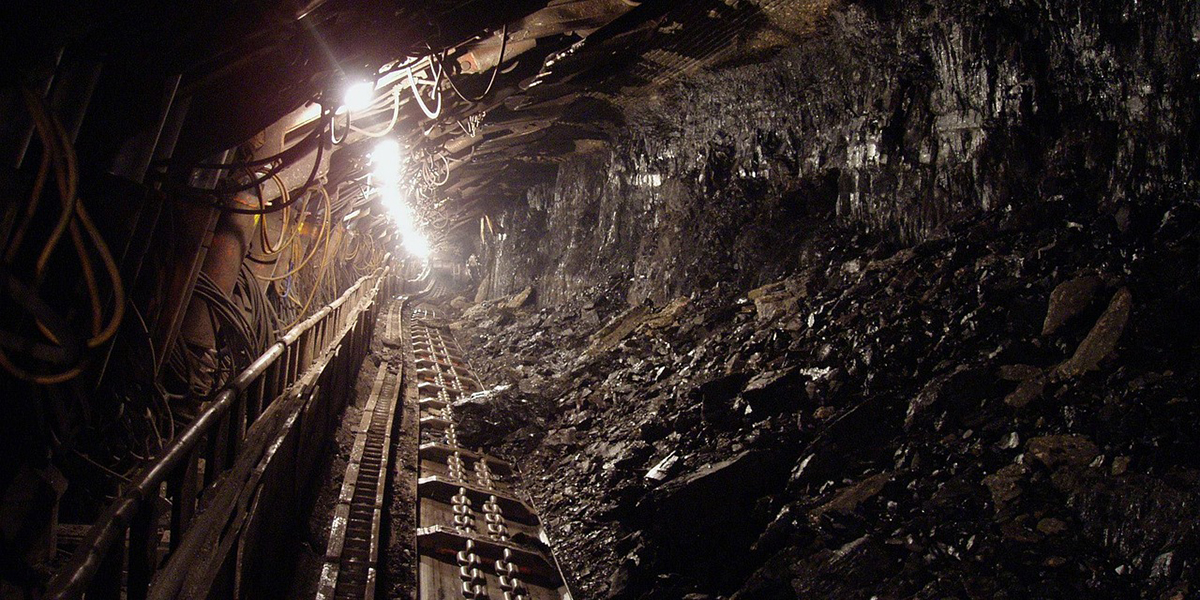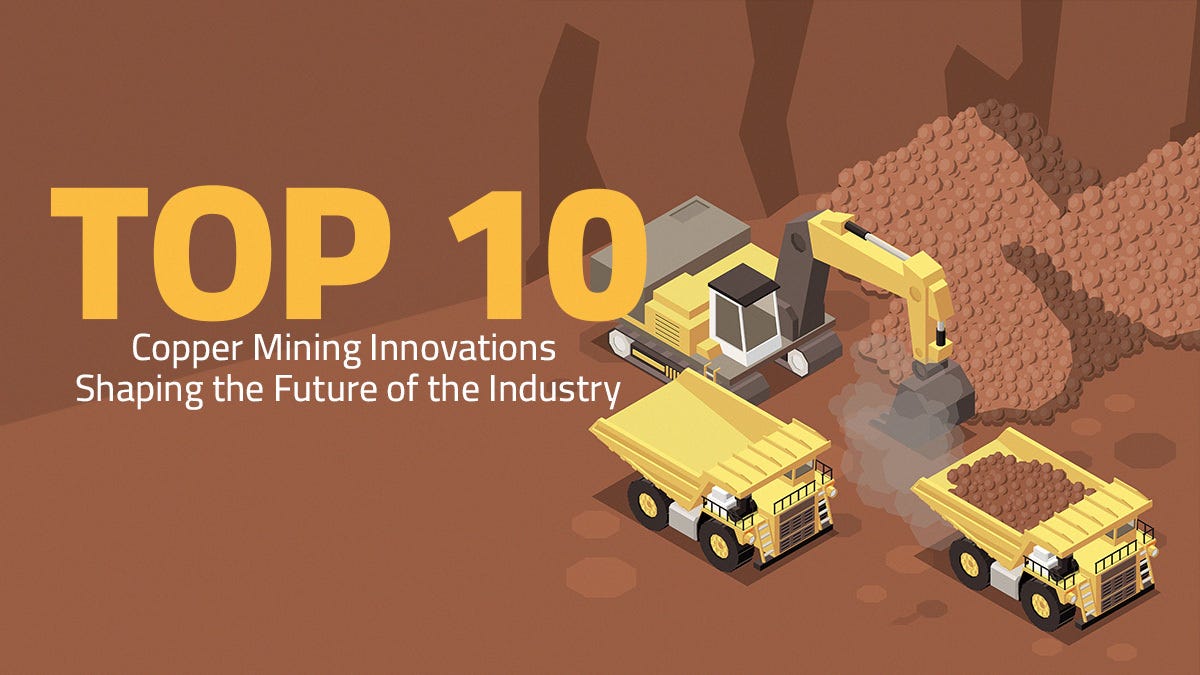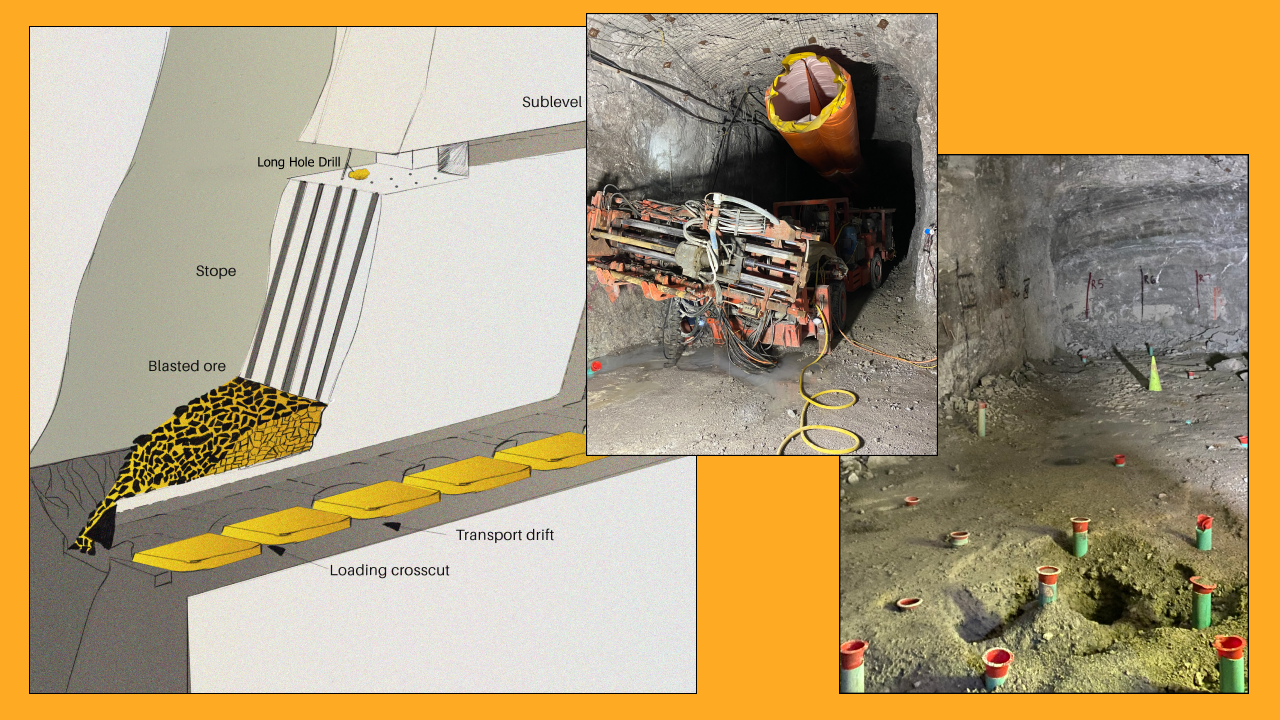Heap leaching is a widely used hydrometallurgical process that enables the extraction of valuable metals from ore piles through the application of chemical solutions. This technique has gained prominence in the mining industry, particularly for low-grade ores that are not economically viable for traditional processing methods. This article explores the principles, methodology, applications, benefits, and challenges of heap leaching.
What is Heap Leaching?
Heap leaching involves stacking ore in large piles, known as heaps, and then applying a leaching solution—usually a dilute solution of sulfuric acid or cyanide—over the top. As the solution percolates through the heap, it dissolves the target metals, which are then collected from the bottom of the heap. This method is especially effective for the extraction of precious metals like gold and silver, as well as base metals such as copper.
The Heap Leaching Process
The heap leaching process can be broken down into several key steps:
- Ore Preparation:
- The ore is crushed and ground to liberate the valuable minerals. The particle size is typically reduced to optimize the leaching process, with finer particles providing more surface area for chemical reactions.
- Heap Construction:
- The prepared ore is stacked in a heap on an impermeable liner to prevent leachate from contaminating the surrounding environment. Heaps can vary in size and design, with some reaching heights of several meters.
- Leaching Solution Application:
- A leaching solution is applied to the surface of the heap, allowing it to flow through the ore and dissolve the targeted metals. The solution can be applied through drip systems, sprinklers, or even flooding, depending on the heap design and ore characteristics.
- Percolation:
- As the solution percolates through the heap, it reacts with the metal-bearing minerals, dissolving them into the solution. The rate of percolation is influenced by factors such as heap porosity, ore permeability, and climatic conditions.
- Collection of Leachate:
- The leachate, now containing dissolved metals, is collected at the bottom of the heap in a series of drainage systems. This liquid is then processed to recover the metals, often using techniques such as precipitation, adsorption, or electrolysis.
- Metal Recovery:
- The metals are recovered from the leachate using various methods. For instance, gold can be recovered through activated carbon adsorption, while copper may be recovered through solvent extraction and electrowinning.
Applications of Heap Leaching
Heap leaching is primarily used in the recovery of:
- Gold and Silver: This method is particularly popular for extracting gold from low-grade ores that would otherwise be uneconomical to process through conventional milling and cyanidation.
- Copper: Heap leaching is widely employed in copper recovery, especially in arid regions where water availability is limited. The process can be adapted for both oxide and sulfide ores.
- Uranium: Heap leaching can also be used for uranium extraction, employing similar chemical processes as in gold and copper leaching.
Benefits of Heap Leaching
Heap leaching offers several advantages that contribute to its popularity:
- Cost-Effectiveness: Heap leaching requires significantly lower capital and operating costs compared to conventional mining methods, making it viable for low-grade ores.
- Low Energy Consumption: The process generally consumes less energy than traditional methods, which require grinding and milling.
- Minimal Land Disturbance: Heap leaching operations can have a smaller physical footprint compared to traditional mining methods, leading to reduced environmental impact.
- Flexibility: Heap leaching can be applied to a variety of ore types and grades, allowing for adaptability in different mining scenarios.
- Use of Low-Quality Water: In many cases, heap leaching can utilize saline or recycled water, making it suitable for areas with limited freshwater resources.
Challenges of Heap Leaching
Despite its advantages, heap leaching also faces several challenges:
- Leaching Efficiency: The efficiency of metal extraction can vary based on ore characteristics, leaching conditions, and the type of leaching solution used. Some metals may require longer leaching times or specific conditions to dissolve effectively.
- Environmental Concerns: The use of toxic chemicals, such as cyanide and sulfuric acid, raises environmental concerns, especially if leachate management is inadequate. Proper containment systems and monitoring are essential to prevent contamination of soil and groundwater.
- Acid Mine Drainage: If sulfide minerals are present in the ore, the oxidation process can lead to acid mine drainage, which poses significant environmental risks.
- Regulatory Compliance: Heap leaching operations must comply with environmental regulations, which can vary by region. Securing the necessary permits and adhering to standards can add complexity and cost.
Innovations and Future Trends
The heap leaching process is continuously evolving, with advancements aimed at improving efficiency and sustainability:
- Improved Leaching Techniques: Research into new leaching agents and methods may enhance the efficiency of metal recovery and reduce environmental impacts.
- Monitoring Technologies: The implementation of advanced monitoring systems, including remote sensing and data analytics, can optimize heap management and improve recovery rates.
- Integration with Other Processes: Heap leaching can be combined with other extraction methods to create more integrated and efficient recovery processes, particularly for complex ores.
- Sustainability Initiatives: The industry is increasingly focused on sustainable practices, including waste minimization and the responsible management of leachate and by-products.
Conclusion
Heap leaching is a cost-effective and flexible method for extracting valuable metals from low-grade ores, playing a crucial role in the modern mining industry. While it offers numerous advantages, such as lower capital costs and minimal environmental disturbance, it also presents challenges that must be carefully managed. As the industry continues to evolve, ongoing innovations and a commitment to sustainability will be essential in enhancing the efficiency and environmental responsibility of heap leaching processes, ensuring its relevance in meeting the global demand for metals.



